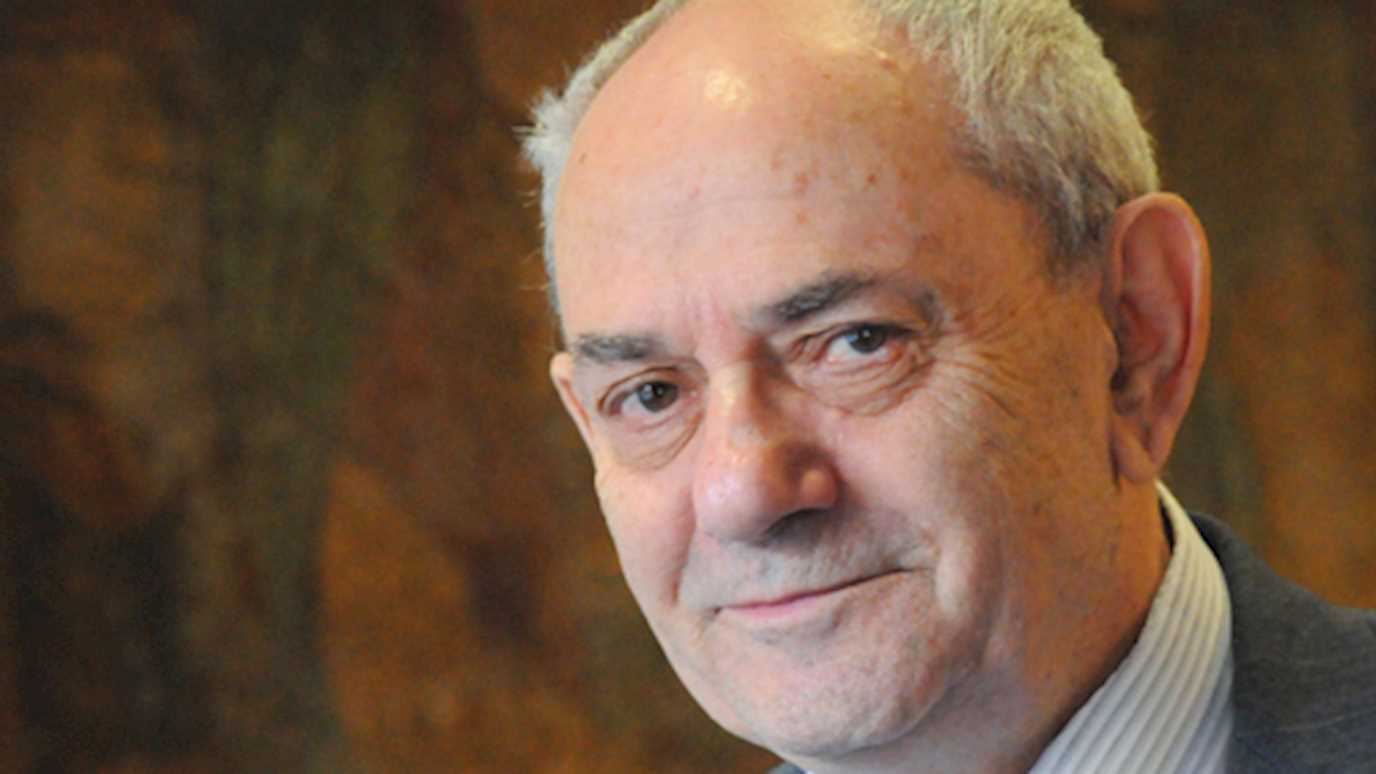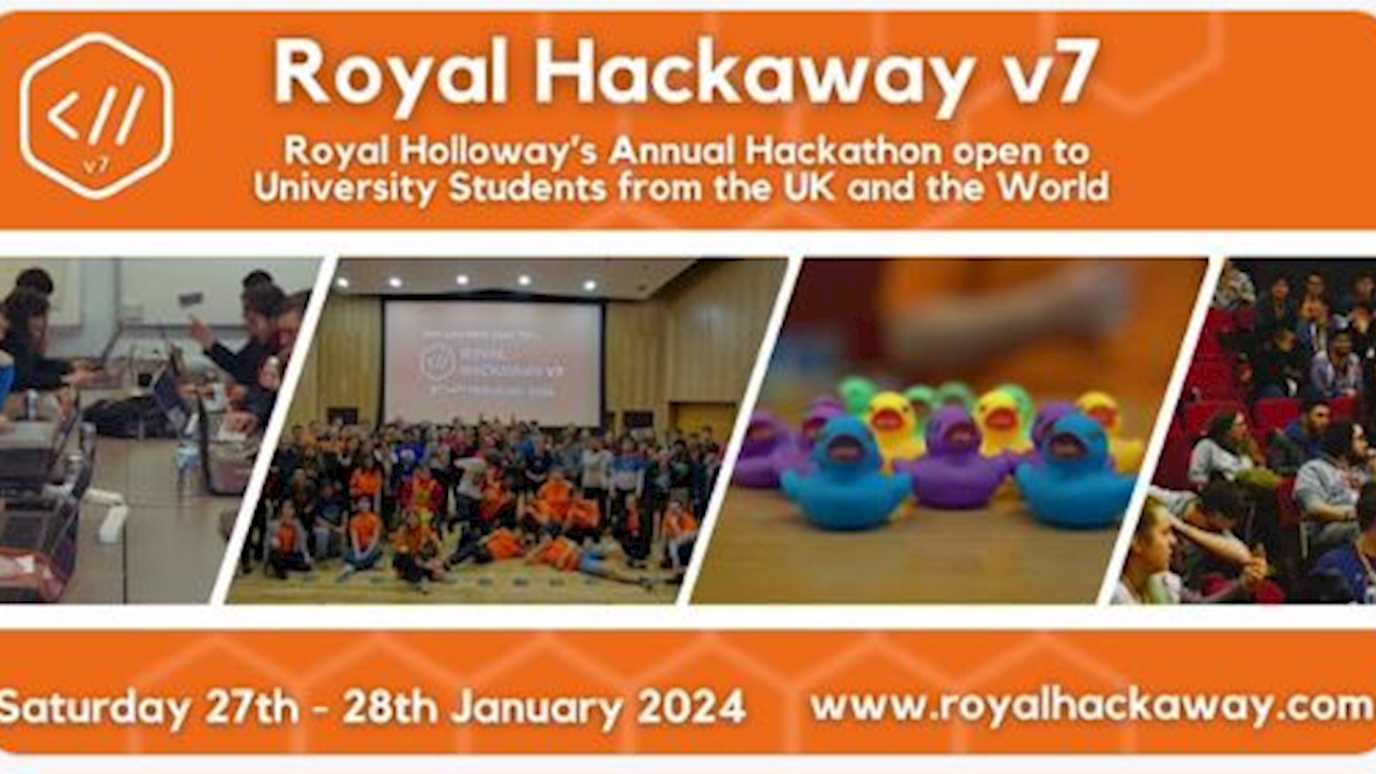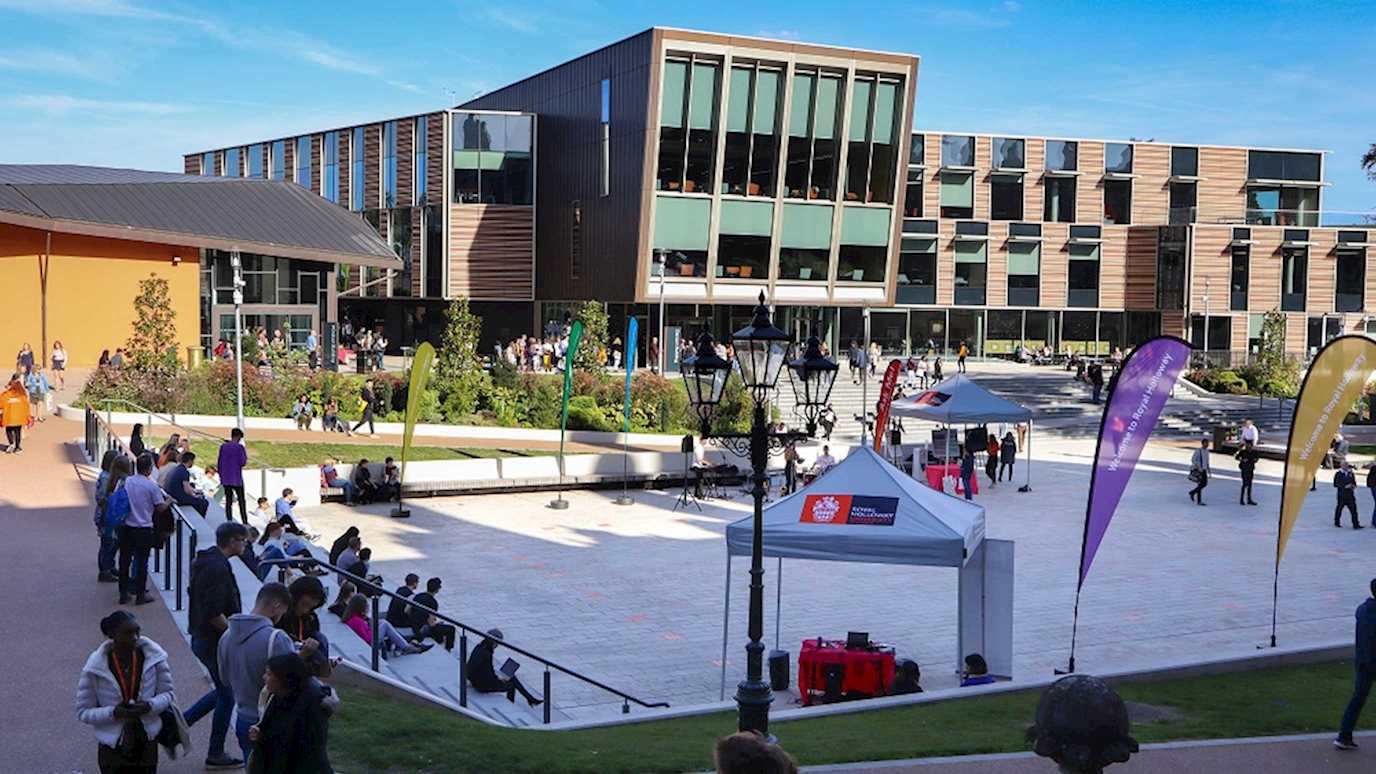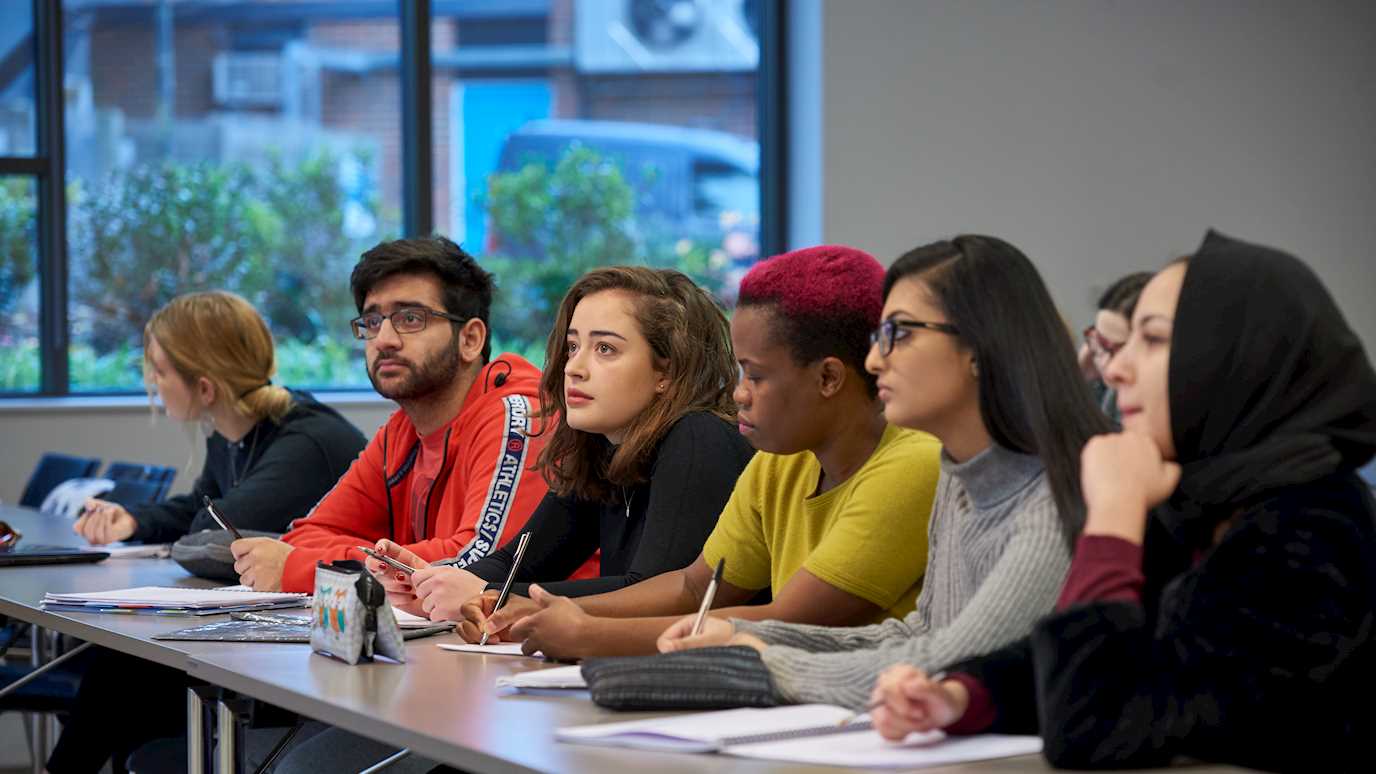Vladimir Vapnik, Emeritus Professor of the Department of Computer Science, delivered the 2018 University of London Kolmogorov Lecture and received the Kolmogorov Medal, an honour made in recognition of his lifelong achievements.

Professor Vladimir Vapnik
Professor Vapnik's lecture – Rethinking Statistical Learning Theory: Learning Using Statistical Invariants – was delivered during the Symposium on Conformal & Probabilistic Prediction with Applications (COPA 2018) at Maastricht University, The Netherlands.
The University of London Kolmogorov Lecture and Medal were established in 2003 to celebrate the centenary of the birth of Andrei Kolmogorov (1903-1987), one of the greatest 20th century mathematician who made fundamental contributions to probability theory, statistical analysis and many other fields.
The Kolmogorov lecture is organised by the Centre for Machine Learning (CLRC) at Royal Holloway. The Centre comprises leading researchers in the field of predictive learning algorithms used in pattern recognition, machine intelligence and many other data science applications.
An invitation to give a Kolmogorov Lecture acknowledges life-long research contributions to one of the fields initiated or transformed by Kolmogorov. Past lecturers include the late Professor Ray Solomonoff, the inventor of algorithmic probability and founder of algorithmic information theory (2003), and Professor Robert Merton, the 1997 Nobel Prize winner (2010).
Vladimir Vapnik joined Computer Science at Royal Holloway as a Professor in late 1995. He is one of the co-inventors (with Alexey Chervonenkis, also Professor at Royal Holloway at that time) of the support vector machine method (SVM) – a general machine-learning method that can efficiently learn complex prediction rules from large datasets.
At that time, a research programme on SVMs and statistical learning theory started during which, and together with AT&T Bell Labs, we wrote and distributed the first SVM software implementation to be widely available. It was during that period that Vapnik published Statistical Learning Theory (Wiley), a seminal work that gives the full, extended presentation of SVMs and rigorous exposition of the underlying learning theory.



























